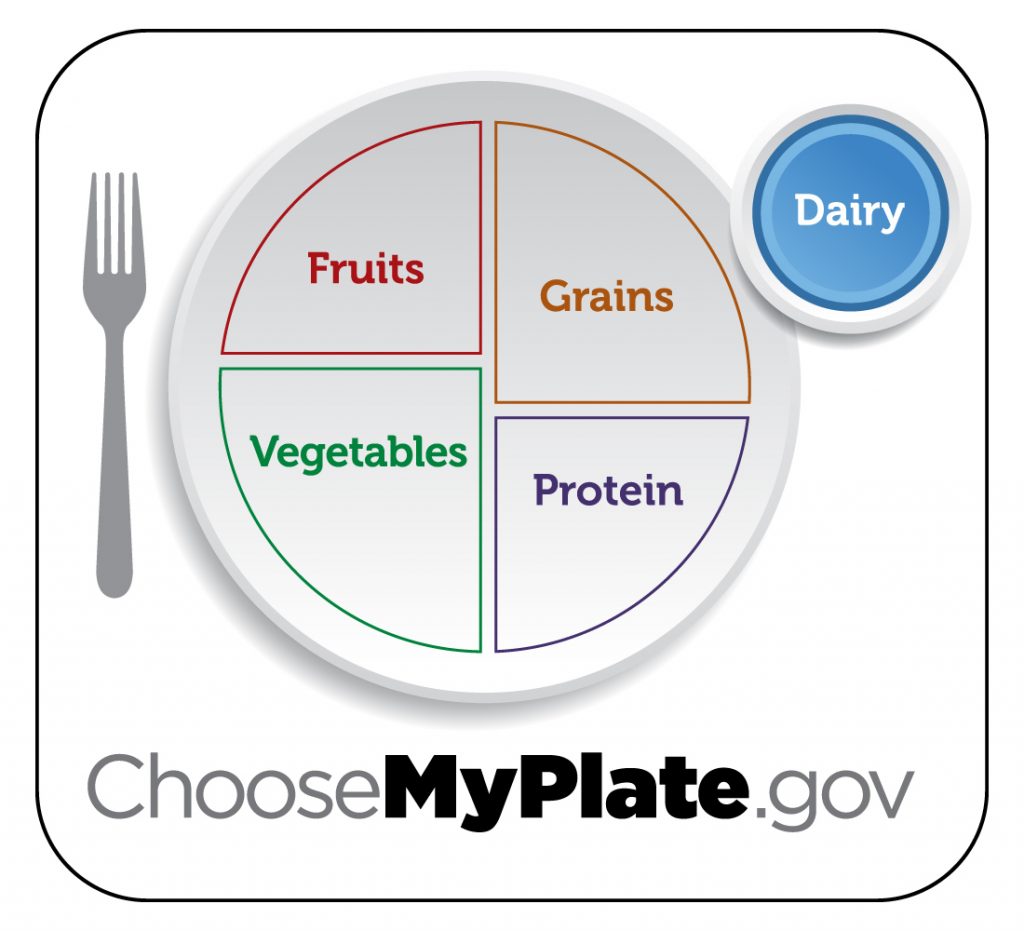Editor's Note: On June 17, the Dietary Guidelines Advisory Committee confirmed dairy products should maintain a central, important role in federal nutrition recommendations for people beginning at a very early age. In addition to maintaining three servings of dairy per day, the committee found strong evidence pointing to positive health outcomes from dairy foods. In fact, a diet including low-fat and fat-free dairy, legumes, whole grains, fruits and vegetables is considered the ideal, healthy dietary pattern for all ages. Read more in this IDFA statement.
On June 17, the Dietary Guidelines Advisory Committee (DGAC) will release its draft scientific report via a public meeting webinar to stakeholders. The final report will be provided to the Secretaries of the U.S. Department of Agriculture (USDA) and the U.S. Department of Health and Human Services (HHS) in late June, with a public release of the final report in mid-July. This action will culminate the Advisory Committee’s Scientific Review process, and will kick off the final leg of the Dietary Guidelines for Americans development process. Barring any delay, USDA and HHS will work together to develop and finalize the 2020-2025 Dietary Guidelines for Americans and update MyPlate by December 2020.
This final document, the 2020-2025 Dietary Guidelines for Americans (Dietary Guidelines), will have a significant impact on the dairy industry. Not only do the Dietary Guidelines provide advice on the foods and beverages that help individuals develop a healthy diet, they also set the standards for federal feeding programs like the national school breakfast and lunch programs, and nutrition education messages. Billions of federal dollars are spent every year on these programs to provide Americans with advice on and access to wholesome, nutritious foods like milk and dairy products.
Currently, the standards for federal nutrition programs and education messages are based on the 2015-2020 Dietary Guidelines for Americans, which both affirms the unrivaled nutritional contribution made by dairy foods and reminds Americans that a healthy diet for ages 9 years and older includes three daily servings of low-fat and fat-free dairy. While draft scientific report is not yet final federal guidance, we have growing confidence that dairy will remain a category unto itself in the 2020 Dietary Guidelines – a recognition of the unparalleled health and nutrition benefits that dairy products provide to people of all ages.
Through 2019, IDFA staff worked with our member representatives on the IDFA Nutrition and Health Committee to develop dairy industry priorities and submit official comments to the current DGAC. We asked the DGAC to reaffirm current Dietary Guidelines provisions—in particular, by maintaining the dairy food group as its own food group and recommending that eating patterns include 3 servings of dairy products daily—as they are supported by a strong preponderance of evidence. We also strongly believe the DGAC should consider new evidence that supports dairy foods at all fat levels be included in recommended food patterns.
Based on the draft conclusions that have been released ahead of the draft DGAC report, IDFA is optimistic that the 2020 report will maintain low-fat and fat-free dairy’s important role in federal dietary guidance. Here are five reasons why:
- Dairy, particularly low-fat and fat-free dairy, is called out in many of the dietary patterns that are associated with better health outcomes;
- Several draft conclusions, including one regarding dietary patterns of adults and development of Type 2 diabetes, specifically identify diets with lower levels of full-fat dairy as beneficial. Others point to a diet with more low-fat dairy and less full-fat dairy as health-promoting;
- A few draft conclusions link saturated fat with a variety of negative health outcomes, but no mention is made of specific sources of saturated fat, such as milkfat;
- Draft conclusions call out dairy as an under-consumed food group by most Americans; and
- It appears that the key vitamins and nutrients associated with dairy foods—also called “food components of public health concern”—will remain largely the same, including vitamin D, calcium, dietary fiber, and potassium. In other words, health professionals encourage Americans to consume foods rich in these vitamins and nutrients, including dairy.
Throughout the DGAC Scientific Review process, IDFA has also been active in dispelling the unfortunate and misleading myths propagated by dairy’s detractors. In early 2020, I provided oral testimony to the advisory committee on false claims that are confusing and scaring the public. These are not based on sound science and they have no place in the Dietary Guidelines.
This month, National Dairy Month, IDFA is running the #DairyNourishes campaign on social media to inform the public and policymakers about the nutritional benefits of dairy products. As we gear up for the release of the DGAC scientific report, it is important that media and the public understand the importance of this report and the science behind it. Dairy products provide people of all ages with essential nutrients and are associated with positive health outcomes. IDFA will continue to tell that story. I hope you’ll join us.
Throughout the month of June, IDFA will continue to present facts, information, and stories about how dairy is contributing to the health and nutrition of people everywhere. Please follow IDFA's LinkedIn, Twitter, and Facebook pages, the #DairyNourishes campaign on social media platforms, and the IDFA website, www.idfa.org/dairynourishes, for updates.


